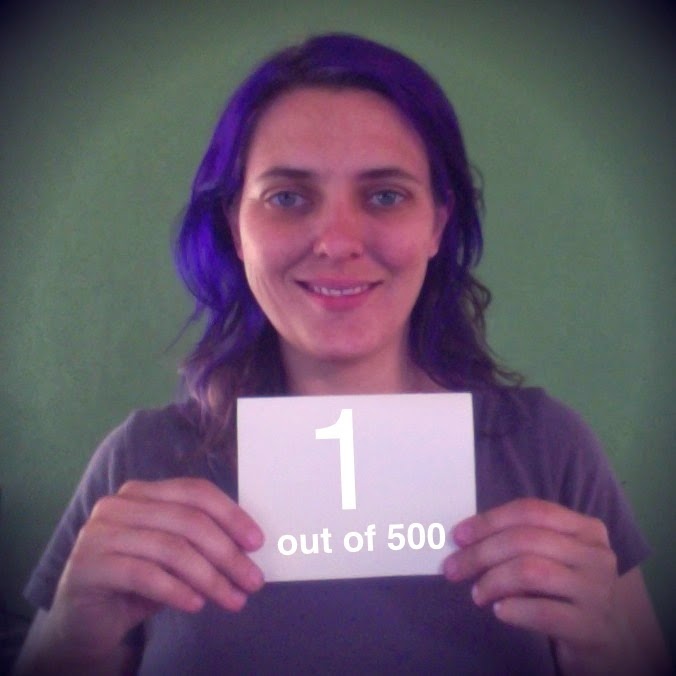Today is a thrilling day for me. I’ve been waiting for this day ever since I saw the movie Julie and Julia way back in 2009. Writing a daily blog with some huge and definite end in mind? Sign me up! Julie started out with 365 and 524 recipes, but I have decided to go for slightly rounder numbers: 500 sex ed lessons in 500 days.
I am going to slowly work my way through the Center for Sex Education’s vast repository of manuals, one lesson at a time. Some of these lessons I’ll be teaching and then writing about – others I’ll be thinking about, reacting to, and connecting to related topics in this great and vast world of sexuality education. (Sometimes it can be scary too. Like when people ask me about spiders. But I digress.)
I’m inclined to just revel in my excitement and put off the actual first post until tomorrow. But why? Why would I do such a thing when I can start immediately?
Sex Ed in the Digital Age is the Center for Sex Education’s newest manual. It’s so new, in fact, that it hasn’t even shipped yet. (It will be shipped at the latest by September 29th.) This brand spanking new manual that is all about sexuality and the media seemed the perfect place for me to start my foray into several years of drilling down into the Center for Sex Education’s manuals. And this first blog post is about the first lesson in that brand new manual:
__________________________________________________________
Linking Sex and Technology
by Carolyn Cooperman
Objectives
By the end of this lesson, participants will be able to:
1. Know the correct terminology used in categorizing and describing aspects of human sexuality.
2. Analyze how aspects of human sexuality are portrayed in electronic messages.
3. Distinguish between the types of electronic messages that promote well-being and those that do not.
Rationale
Human sexuality and technology, two highly interesting and relevant topics for teens, are brought together in this lesson. The initial focus broadens awareness of how human sexuality involves far more than sexual behavior, and explores how gender, sexual orientation, health, body image, self-esteem, etc. all fit into the definition. The participants then get to analyze sexual messages that can be found in texts, social networking sites, Google searches, and the Internet. Their task is to determine the aspect of human sexuality that is being described, and to begin to distinguish between the types of messages that promote well-being and those that do not.
__________________________________________________________
The activity starts by defining sexuality terms so that everyone understands them and bolsters the participants’ basic sexuality knowledge. The primary thrust of the activity is for students to discuss explicit examples of ways that sexuality is tied to technology – from texting to social media. It goes on to ask students to consider whether the examples promote a healthy self esteem, among other factors. Are there even any positive examples of sexuality in digital media? My Facebook feed (https://www.facebook.com/karen.rayne) certainly wouldn’t suggest that there are.
Sometimes I get so depressed about the entire state of negativity that pervades the digital media culture that I keep a few things bookmarked under POSITIVITY in my browser:
Okay, so all of those sites have sad, overwhelming, and depressing things in them. But they all offer a healthy perspective of sexuality, which is a beautiful thing to see in digital media. (There are, of course, SO many more places to go for positive representations of sexuality online – I’d love for you to leave your favorites in the comments section!)
Teenagers need help in developing the skills to discern the healthy from the unhealthy in many areas of life (from food to stress to, yes, sexuality). I love that this introductory lesson to Sex Ed in the Digital Age does just that.
I’ll be back here every business day, blogging about so many different things…and I hope you’ll be back with me!
Got a lesson you’d especially like me to address? Have a question? Agree or disagree with me on something? Leave a comment letting me know – I’m looking forward to having conversations.







